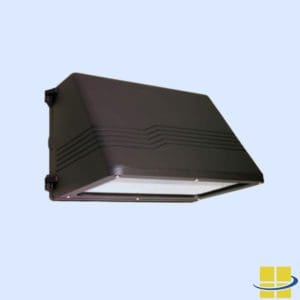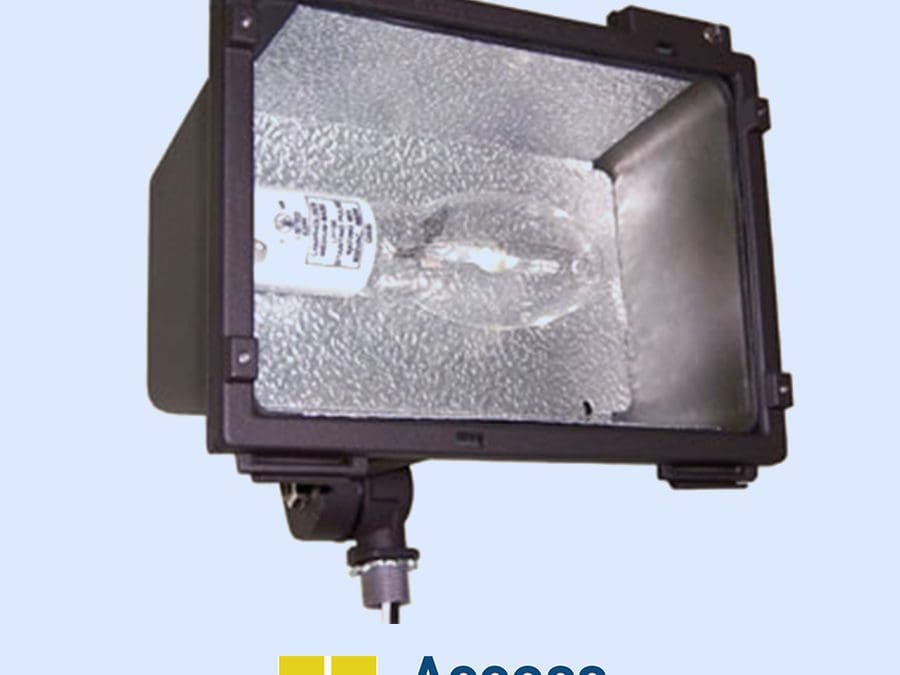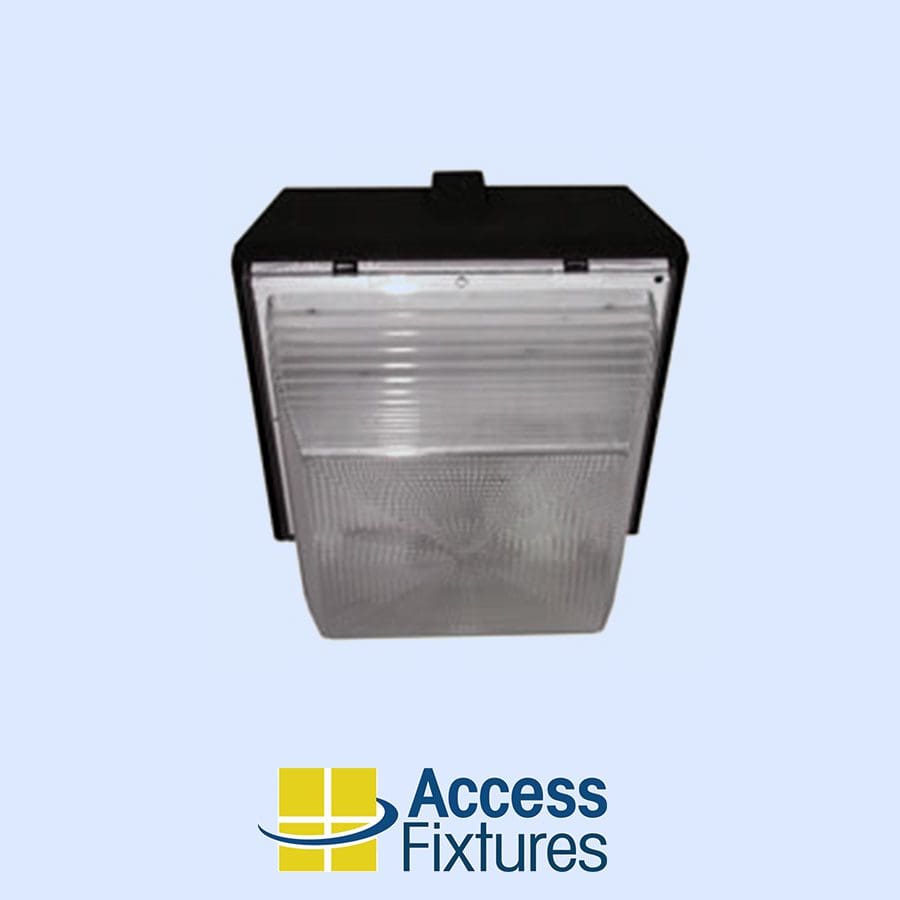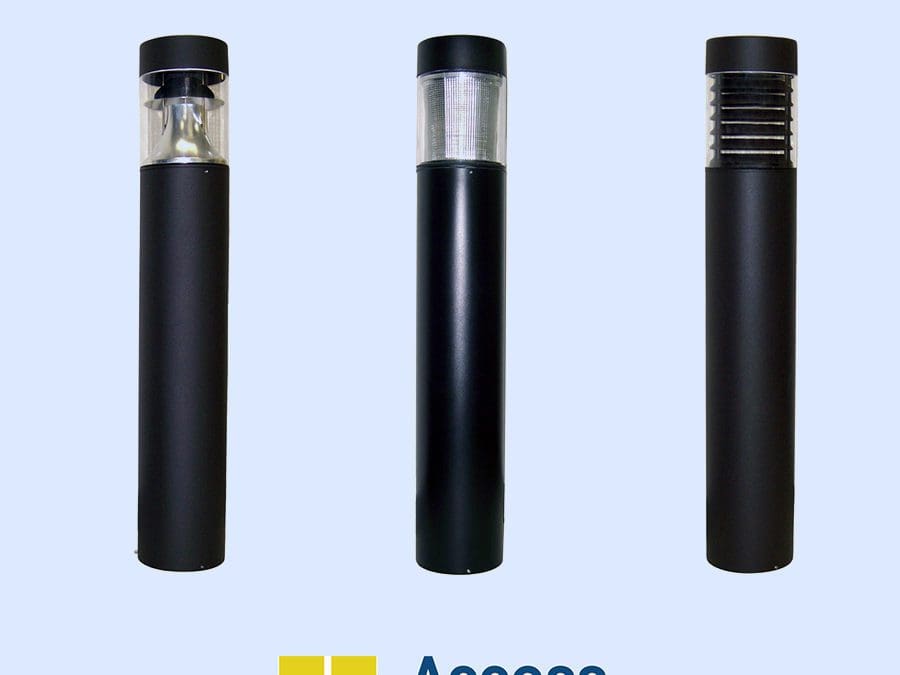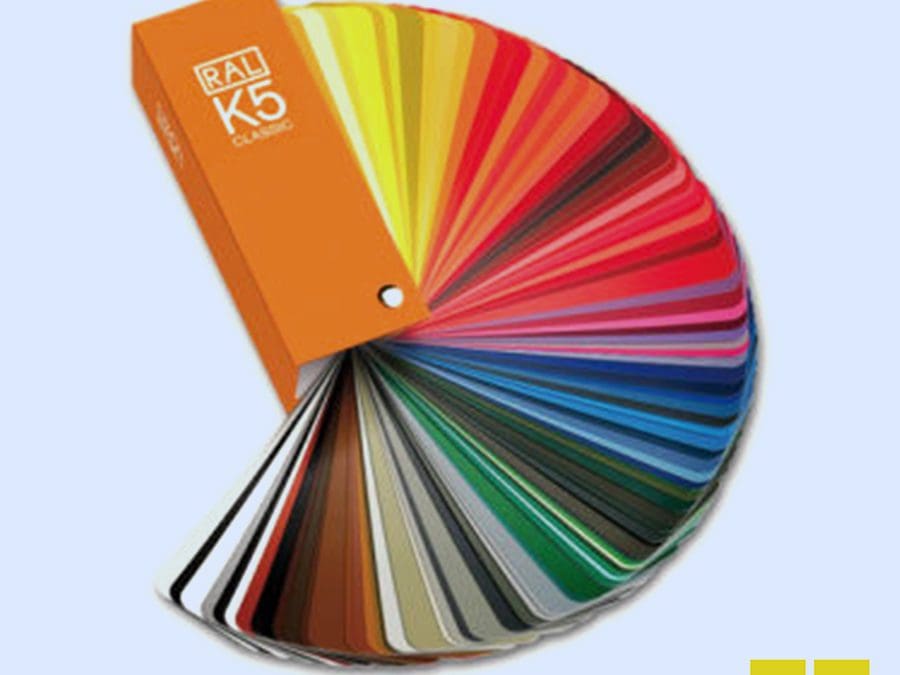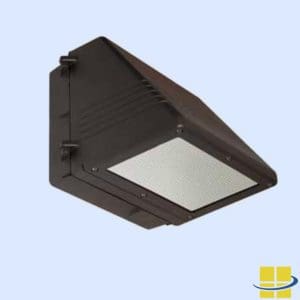
Using lumens as a measure of light output is a helpful way to achieve your desired light levels. When using lumens to decide which luminaire to purchase, though, it is important to understand the difference between light source lumens and luminaire lumens. Not knowing which of the two you’re using can mean purchasing and installing the incorrect fixture. Avoid costly replacements and installation fees by learning the terminology of lumens in lighting. Understanding the total lumen output of a fixture is crucial for making accurate comparisons and ensuring you select the right lighting solution for your needs.
Lumens is a measure of emitted light. The greater the number of lumens, the brighter the light source. To be more specific, light source lumens (or lamp lumens), only refers to the amount of light emitted from the light source. This is different to luminaire lumens, which references the amount of light emitted by the luminaire itself.
Most often, when shopping for new light fixtures or lamps, we first look at the wattage required by the units; this is a popular (though misguided) gauge of the kind of light delivered by a fixture. However, because of varying efficacy (lumens per watt) of fixtures and lamps, wattage is not necessarily the best unit of measurement. Some fixtures are more efficient—they deliver more lumens per watt—so two fixtures of the same wattage can deliver very different kinds of light.
And, as mentioned above, the broad stroke cast by a data point like “lumens” is still too ambiguous. Comparing the light source lumens of one fixture to the luminaire lumens of another fixture will undoubtedly give an unfair advantage to the former. However, if the housing of the latter fixture is of a better, more efficient design, it could very possibly deliver more light. Compare apples to apples, or—more appropriately—luminaire lumens to luminaire lumens.
Understanding Lumens and Lighting Output
Lumens are a measure of the total amount of visible light emitted by a lamp or light source. The higher the lumen rating, the brighter the lamp will appear to the human eye. Unlike watts, which measure power consumption, lumens provide a direct indication of light output. This makes lumens a more accurate and useful metric when selecting lighting fixtures for your space. Understanding lumens is crucial because it allows you to choose fixtures that provide the desired level of brightness without wasting energy. When shopping for lighting, always consider the lumen rating to ensure you achieve the right light output for your needs.
The Difference Between Light Source Lumens and Luminaire Lumens
Light source lumens refer to the amount of light emitted directly from the light source itself, such as a bulb or LED chip. In contrast, luminaire lumens measure the total amount of light emitted by the entire luminaire, including any losses due to the fixture’s design. This distinction is essential when comparing lighting fixtures because a fixture with a more efficient design can deliver more usable light, even if it has lower light source lumens. By understanding the difference between these two measurements, you can make more informed decisions and select fixtures that provide the best lighting performance for your space.
PSMH vs. LED Luminaire Lumens – Which Has a Greater Output?
The 100w PSMH full-cutoff wall pack and the 25w LED full-cutoff wall pack from Access Fixtures are two very different fixtures, but both use equivalent light sources. By this we mean they both produce a similar amount of lumens. This may surprise some people; the lamp in the PSMH wall pack produces 7,900 light source lumens while the LED wall pack produces 2,737 light source lumens.
If measuring light source lumens exclusively, the PSMH fixture would be the clear winner. It is unfortunately not that easy, and this is the reason the 25w LED wall pack is can reasonably be considered an equivalent to this 100w PSMH wall pack. In this situation and many others, luminaire lumens is the data point that will best determine the amount of light produced by these two fixtures. By comparing the lumen output of both fixtures, you can better understand their overall performance and efficiency. Let us explain . . .
A PSMH lamp distributes light in all directions. Put this lamp inside a luminaire and you’ll find that most of the light gets trapped inside the housing. Even with some light redirected out of the fixture with a reflector, over 50% of the light will never escape. It becomes wasted light and, by extension, wasted electricity.
Lamp Lumens and Energy Efficiency
Lamp lumens measure the light output of a lamp, providing a clear indication of how much light the lamp produces. Energy efficiency, on the other hand, refers to the amount of energy consumed by the lamp to produce that light. LED fixtures are a prime example of energy-efficient lighting options, as they produce more lumens per watt than traditional incandescent bulbs. This means that LED fixtures can deliver the same or even more light while consuming less energy. By choosing energy-efficient lighting fixtures, you can reduce energy consumption and costs while still achieving the desired level of lighting output. This not only benefits your wallet but also contributes to a more sustainable environment.
On the other hand, LED fixtures are known for their directional light sources. LED chips are mounted on the inside of these fixtures and are aimed outward. Because light comes straight out from an LED, the light will only be sent in the desired direction (and not wasted in the fixture housing). This efficient use of light ensures that the lumen output is maximized, providing better illumination with less energy consumption. This not only means you get more light where you need it; it means you’ll save electricity using a fixture with a more efficient light source.
Data can often be misread when folks mix up the terms lumens (which is generally referred to as light source lumens), light source lumens, and luminaire lumens. While these three data points are very similar, their differences can (and should) have a tremendous impact on how you select your light fixtures.
Speak to an Access Fixtures Lighting Specialist about Choosing the Right Fixture
Are you in the market for a new fixture? Not sure how many lumens your space needs? Call the lighting specialists at Access Fixtures today! We want to make sure you get the exact fixture for your needs, your budget, and your goals. We are passionate about lighting and love what we do—we’ll get you an answer. Contact us at 800-468-9925.

